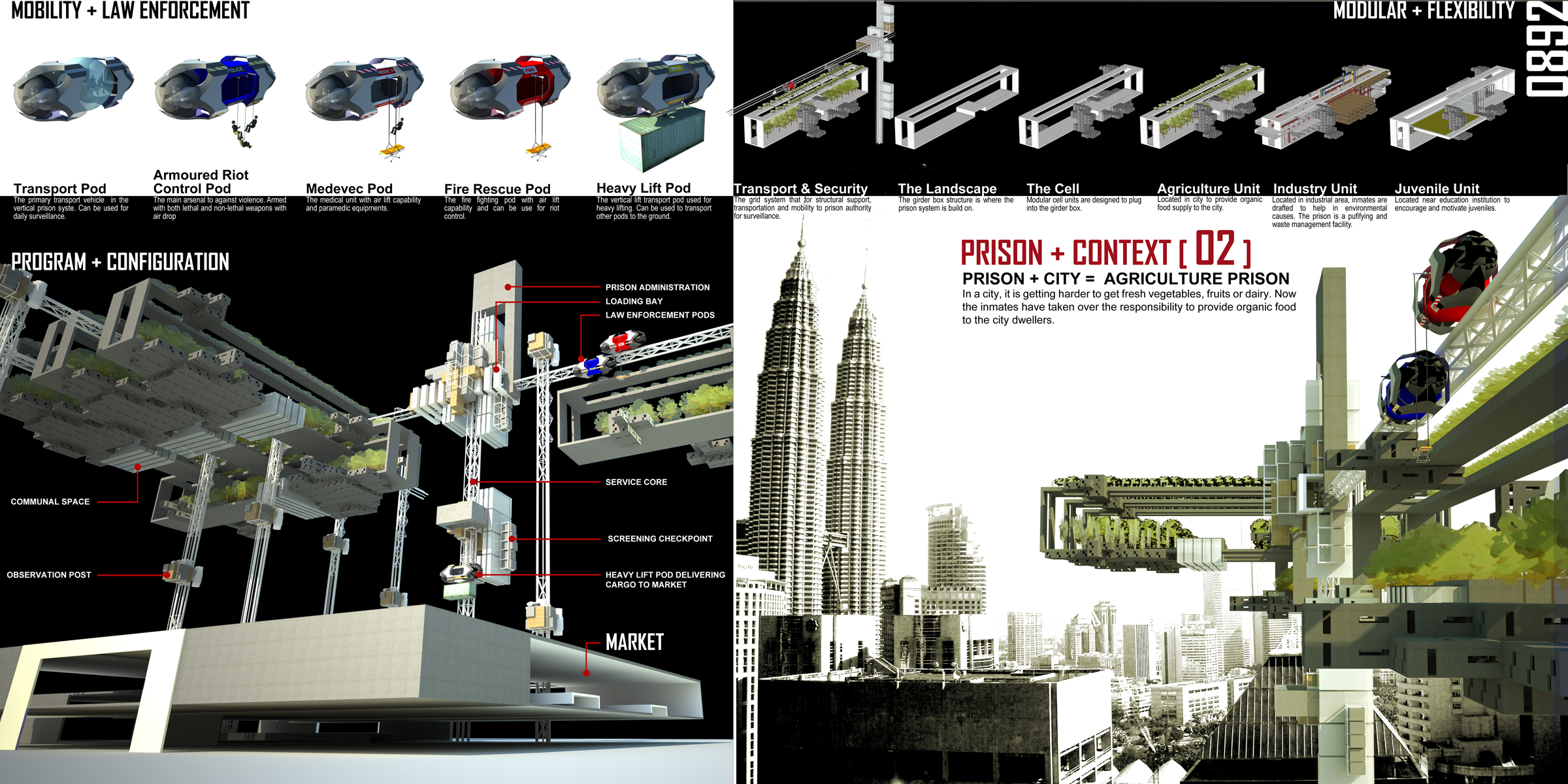I have been writing and thinking a lot about Malaysia
lately. Even when I was watching one of my favourite movie, my thoughts are
with how it resembles the situation in my country. Fritz Lang’s Metropolis
depicts a futuristic city where the city is structured in vertical layers according
to the different social strata. Released in 1927, I am always left impressed on
Lang’s predicted the progress of social and cultural contexts of the future.
The vision of the future presented by Lang is of the society that relishes on
its accomplishments while a substantial part of the population is subjected to
a new form of slavery to benefit the few elites. It is interesting for me that
Lang uses architecture as an extension
of those profound inequalities, where the labourers was confined to the
underworld white the rest enjoyed a luxury lifestyle with monumental structures
that towered one over the other as if they were trees seeking for light in a
dense forest. At the center of the city was the tallest tower, home of the
governmental offices and the source of all oppression and discrimination.
Interestingly from the point of urbanism and corporation, Lang predicted that
the powerful and rich would seek for glorification by erecting monumental
structures that represents powerful statements to their success and financial
prowess. Metropolis also predicted the continuation of a global trend that
sought for large, highly dense urban centers. The segregation Lang showed in
Metropolis between the labor class and the city dwellers is exaggerated, but
nevertheless acts as a powerful metaphor as the clear separation that exists in
today’s cities where neighborhoods have become divided in terms of class, race
and even religion.
How it reminds me of the situation in Malaysia is that
the country is also divided by different social strata and Kuala Lumpur
represents the large highly-dense urban center which is segregated from other
states that was left in underdevelopment. As a KL native growing up in
Malaysia, I am used to the first class facilities that the city has to offer
and I have always assumed that Malaysia is a country which is comparable with
any advance country around the world. This view of mine changed when I acquired
my driving license and travel around other towns and cities in Malaysia. The
disparity between the other cities in Malaysia and Kuala Lumpur is so wide that
it took me by shock. Further studies and analysis over the years made me realized
that the other states in Malaysia are not poor by default but rather their
resources are poured into the development in KL. The city of KL is almost like
an economic blackhole in Malaysia where it sucked all resources around it to
develop the city of KL into the current state. Looking at the bigger picture,
other states and towns are actually suffering from the development in KL. Take
for example the state of Sarawak, the state with the richest natural resources
but one which is suffering from the lowest development growth. As a result,
people from the other states in Malaysia move to KL or to other countries for
job opportunities and/or better living conditions. In the long run, it may not
be a sustainable trend as it will result in the towns and states to be
abandoned and left to dry until it becomes a ghost town. If that were to
happen, this would affect the capital city as well as there will be no support
coming in from the other states and cities. In my opinion, I don’t think that
any country will survive with a single highly developed capital city without
having secondary cities or satellite cities that share the burden of developing
a country. In order to move forward, and to achieve Vision 2020 (an ideal
introduced by former Prime Minister Tun Mahathir in 1991 to have the nation
achieve a self-sufficient industrialized nation by year 2020) the nation would
require a more balanced growth across the country.
Another movie which can be used as reference for the
situation in Malaysia is perhaps The Hunger Games with its different zones and
layers of social strata as you move away from the capital. The further you move
away from the city center the poorer the citizens are. The layout of the
virtual world in Hunger Games is perhaps a good model of Von Thunen model of
city center. What separates the virtual world in the Hunger Games and the
situation in Malaysia is the lack of a power-crazed dictator that controlled
everything in the realm by segregating the different zones. Or perhaps it is
not so much different after all, I say no more.









